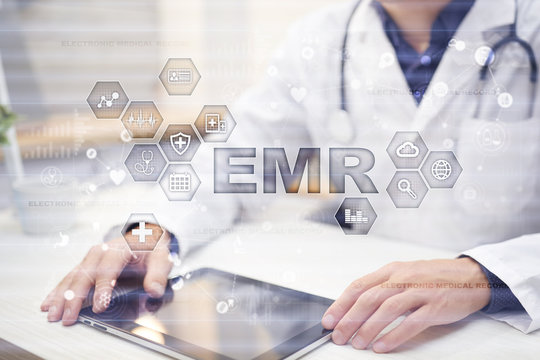Patient experience is a top priority for providers. The Agency for Healthcare Research and Quality defines patient experience as the full range of interactions patients have with the healthcare system, including interactions with health plans and care from doctors, nurses, and supporting staff.

Patients’ experiences with the digital platform are a vital part of communication that reflects their extent of contentment, the quality of care, and their ability to build trust with providers.
The entire EHR healthcare practice benefits from an intense positive patient experience. Patient-centered environments have the potential to boost provider productivity and provide better patient outcomes through tailored and integrated technology tools, but only when backed by a patient-centered tech team.
How does Healthcare IT Helps practices?
Health IT professionals’ role in driving these positive patient experiences is critically important.
- It begins with patient-centered design in the configuration and implementation of technology.
- Continues with strong maintenance and end-user support.
The following key technology tools drive patient experience – EHR platforms, telehealth, and patient data.
EHR Platform
One of the most significant approaches for providers to bolster patient experience is to utilize every feature and benefit of an EHR system. These systems incorporate patient portals that ensure patient care beyond in-person visits.
Portals are key tools to reinforce a “digital front door” for providers. Unfortunately, many providers fail to take full advantage of built-in software and solutions. Thus failing to integrate automated patient communication features into their practices. Health IT systems can improve EHR utility and interoperability by leveraging solutions integrated into these systems, which improve the patient experience.
Compile Patient Data to Collate with Evidence-Based Trends
Clubbing the patient data with evidence-based trends is vital to deliver effective care to patients. The impact of this data increases even more so when it’s made available to patients. This improves coordination and quality of care.
This ease of sharing medical history helps the patient to have an active role in care coordination. Thereby resulting in better health outcomes.
Telehealth
Telehealth facilitates access and enhances convenience for patients. The best example to align its significance is during the COVID-19 pandemic, telehealth usage skyrocketed, and many times, the systems were life saviors.
Owing to the necessity, digital health has soared as practices prioritized telehealth. This drastic shift transforms Healthcare and how patients interact with their providers.
Subsequent research from the American Medical Association shows 85%physicians have positively responded to telehealth implementation.75% of physicians surveyed said that telehealth made it easier to deliver high-quality care.
To Wrap Up
As technology evolves, practices and healthcare IT professionals collaborate with practices to foster the best patient experience. Utilizing every nuance of EHR, telehealth, and patient data bolsters patient communication besides streamlining the practices.

